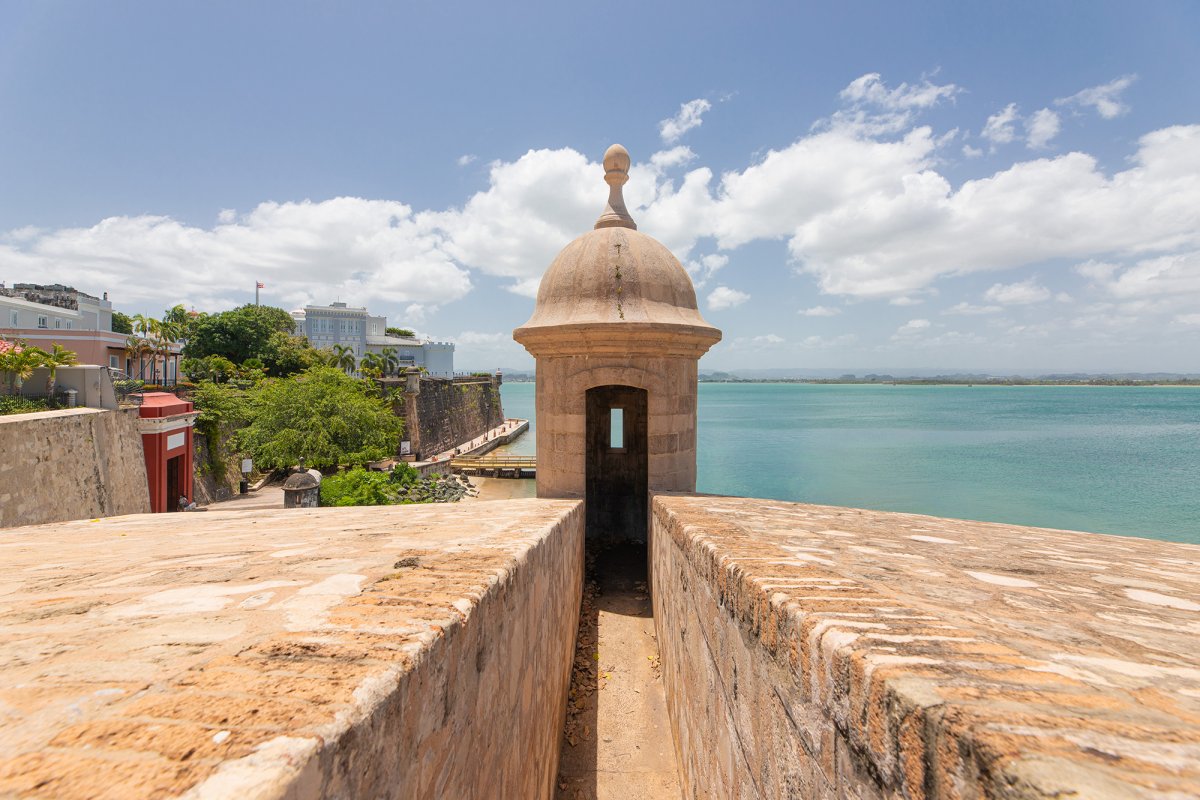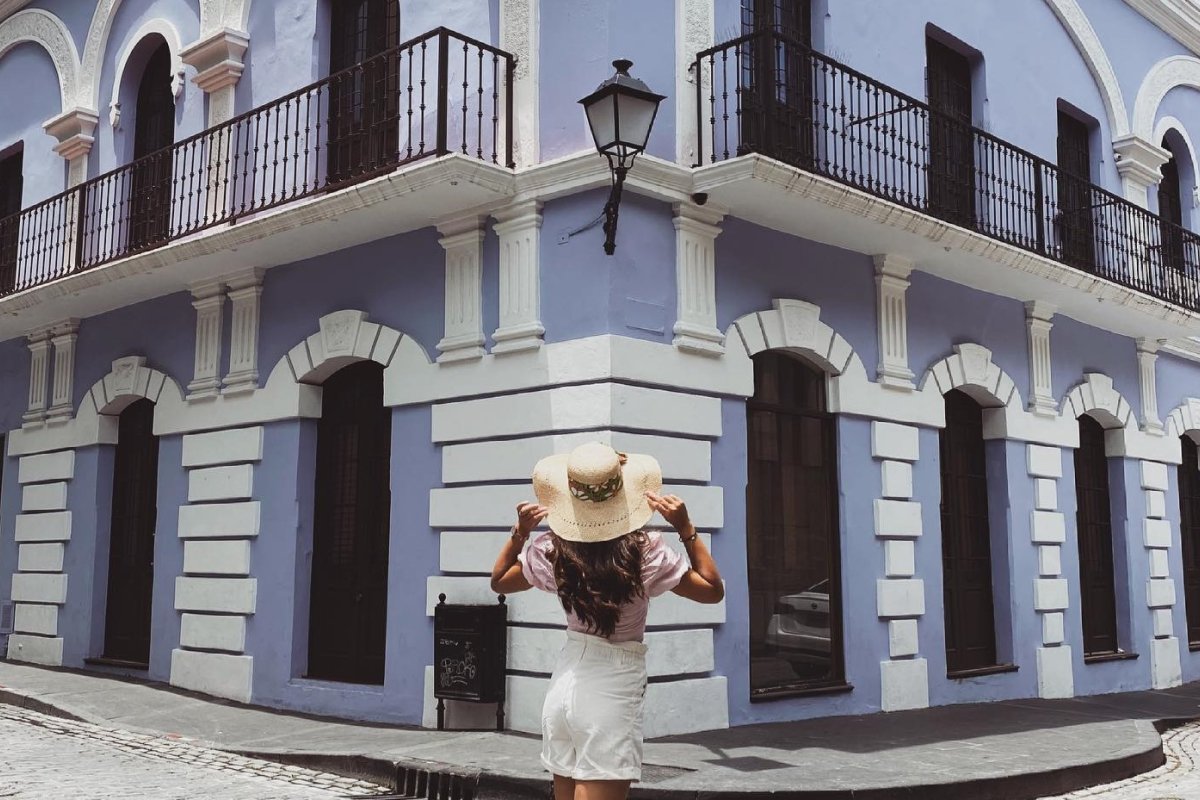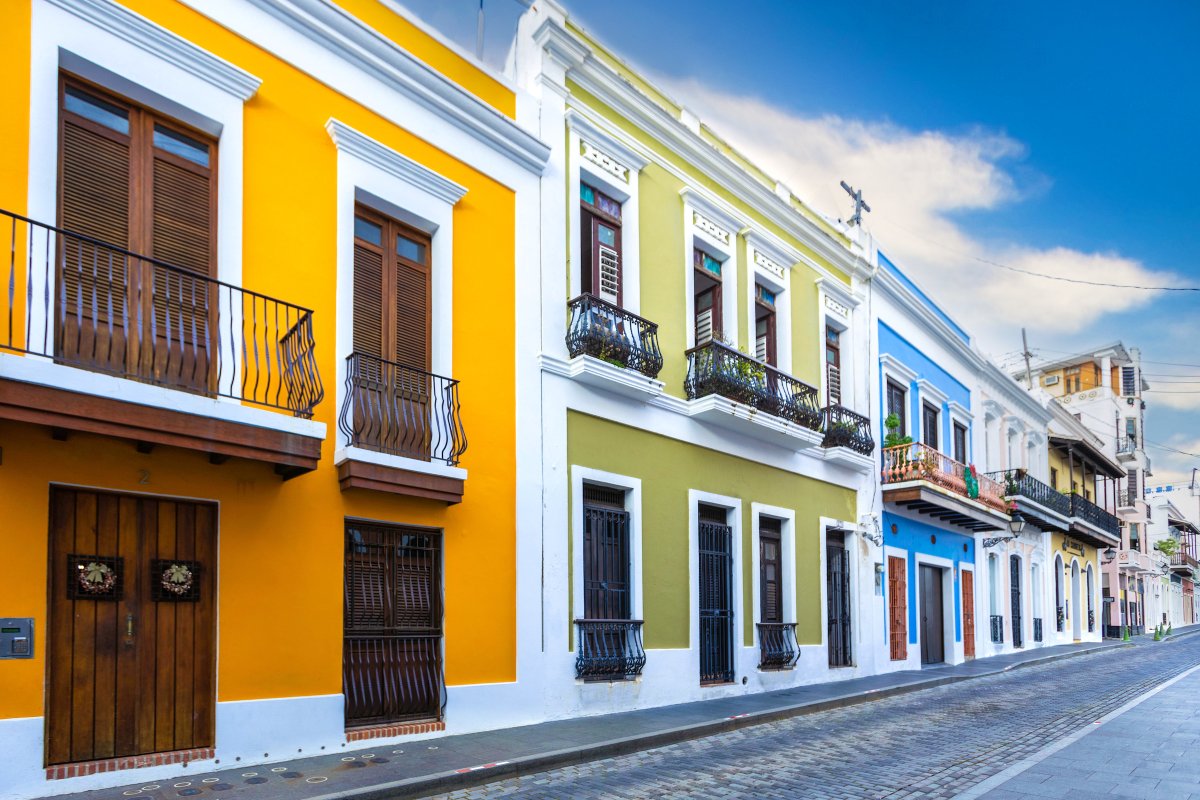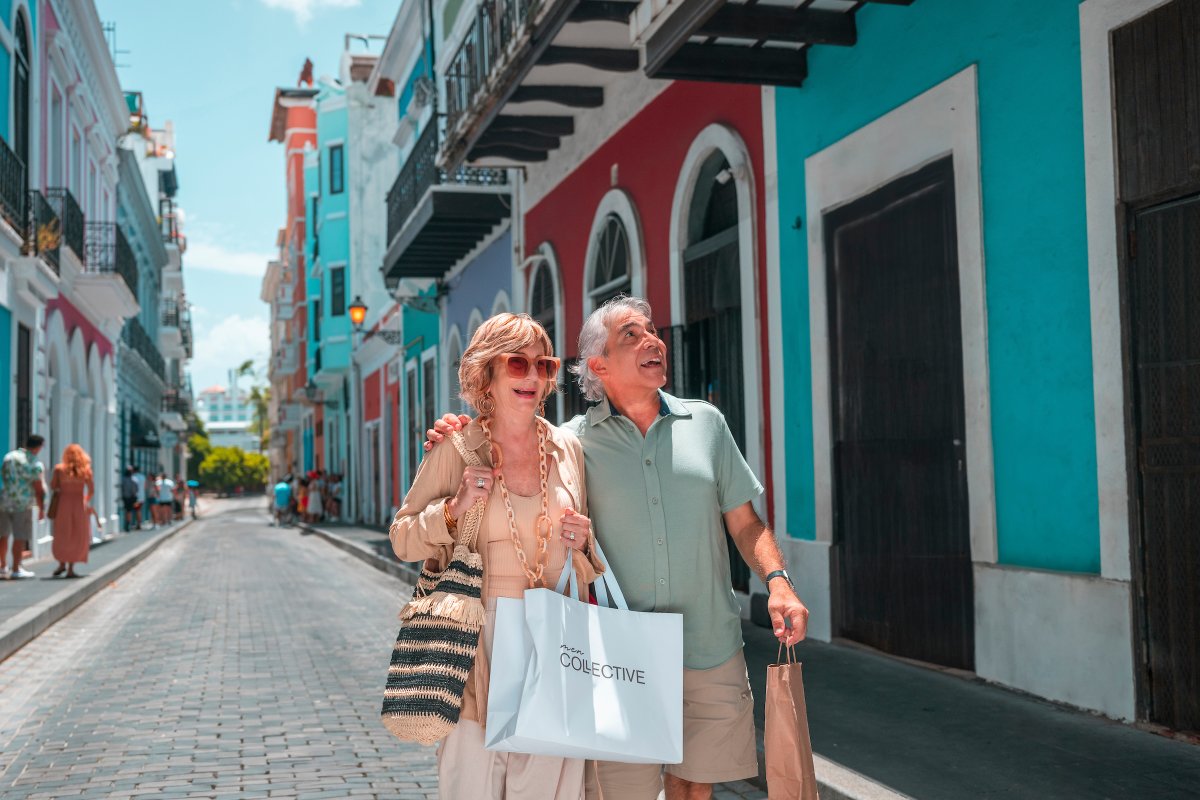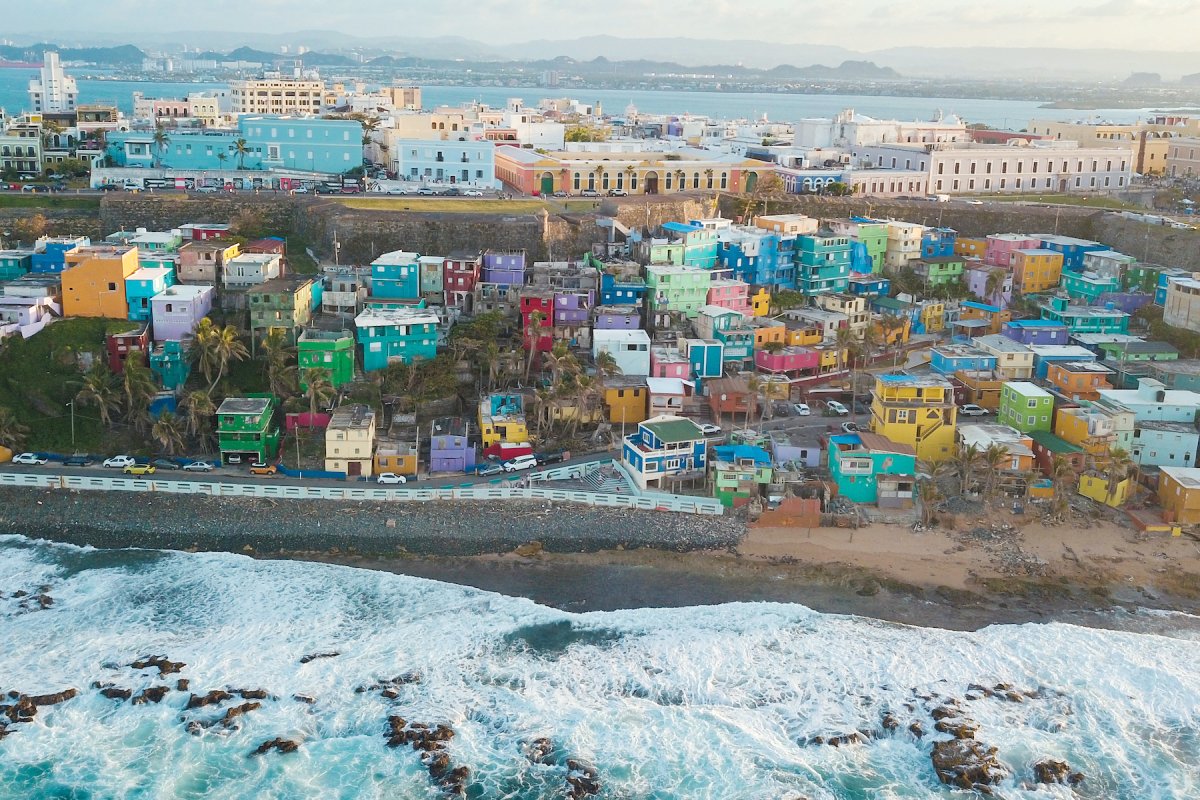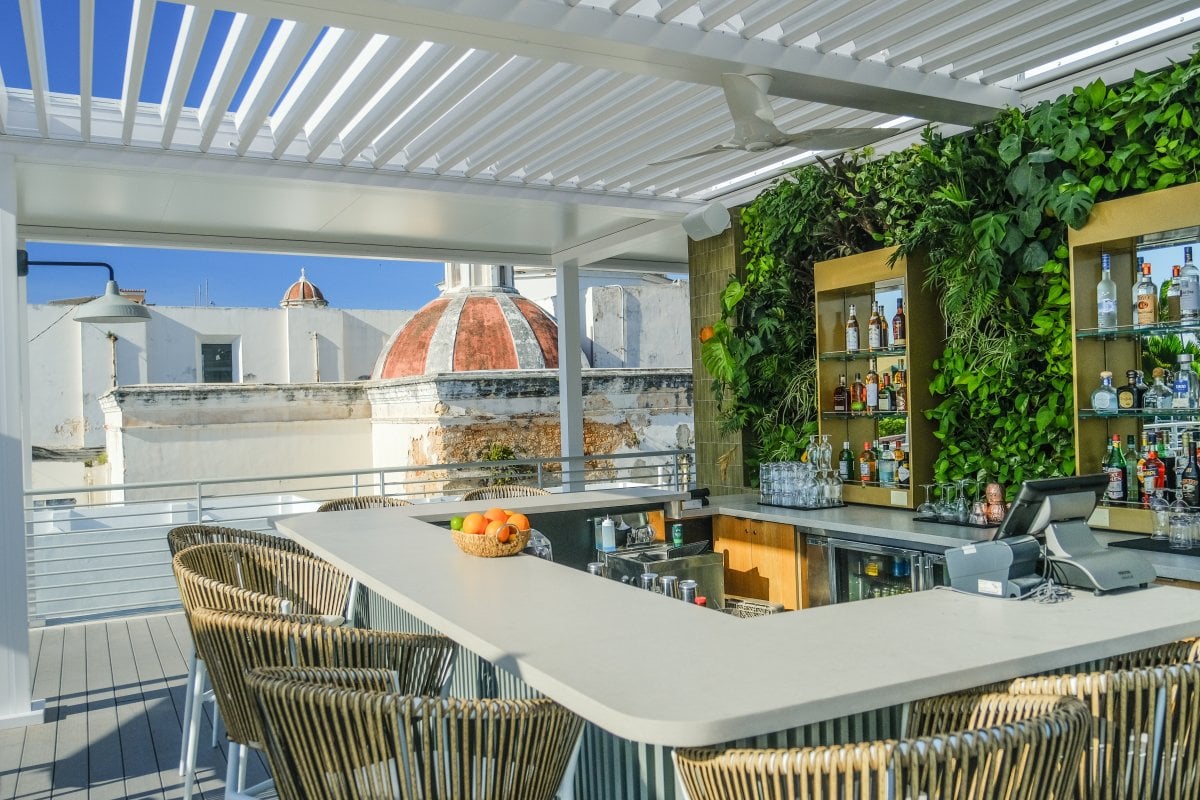Built by the Spaniards, this historical gem is the oldest city in the United States and its territories – and it still holds the magic and charm of yesteryear.
For 500 years, the so-called walled city of Old San Juan has been enchanting its visitors with impressive fortifications, towering walls, open plazas, hidden patios, and cobblestone streets that will make you feel as if you've traveled back in time. Still, the city never looked so passionate, bold, and enticing! Come explore Old San Juan's five centuries of history, one landmark at a time.
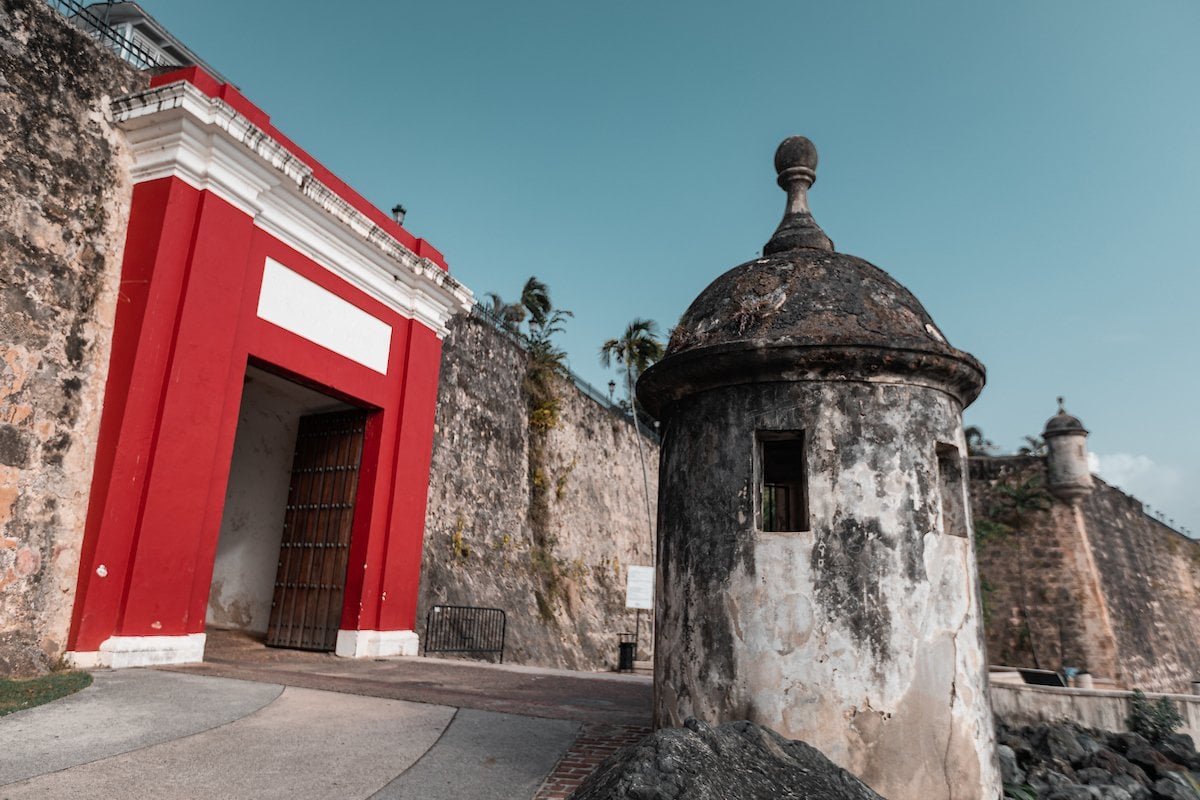
View of the Puerta de San Juan, the original entrance to the walled city when it was built in the 16th century.
A Walled City is Born
Pop quiz time!
Did you know that San Juan and Puerto Rico’s names switched? The islet that is now called San Juan was first named Puerto Rico, and San Juan Bautista was the name given by the Spanish conquistador Christopher Columbus to the entire Island in 1493. Before his arrival, the native Taínos called their home Borikén.
A few years later, in 1508, Juan Ponce de León arrived on the Island. You may know him for his continued search for the fountain of youth, but he became the first Spanish governor of Puerto Rico. In 1514, he founded Villa Caparra in Guaynabo as Puerto Rico's first capital, about seven miles from the islet. Historical documents captured the concerns regarding the dangerousness of traveling between the town and the islet (where the port was located), the lack of adequate ventilation, and the poor health conditions of the residents of Caparra. However, Ponce de León insisted on staying for reasons related to agriculture.

The Paseo de la Princesa, a pedestrian walkway that winds along the original city walls of Old San Juan.
Building a New Capital
Eventually, the inhabitants insisted on moving the capital to the islet, complaining that the settlement was too far from the dock where the ships from Spain arrived. It was not until 1521 that the Spanish Crown authorized the settlement to move. The ruins of that settlement remain today.
But moving a town is no small task! First, the Spaniards had to build a road from Caparra to the islet and identify the right place to establish the church and the town hall. That “ideal place” was where the Puerta de San Juan remains today, a significant landmark given it was literally the main entrance to the new city, with the pier on one side and a well on the other.
That door, the only remaining entrance from the colonial era, was the main gate of kings and dignitaries into what became la ciudad amurallada or “the walled city.” The door leads to El Paseo de la Princesa (the Princess Promenade), a pedestrian pathway just outside the walls. You can find artisans and street vendors gathering there during the weekends to greet people visiting the San Juan National Historic Site.
San Juan's Historic Gems
Explore San Juan's oldest and most well-known historic sites.
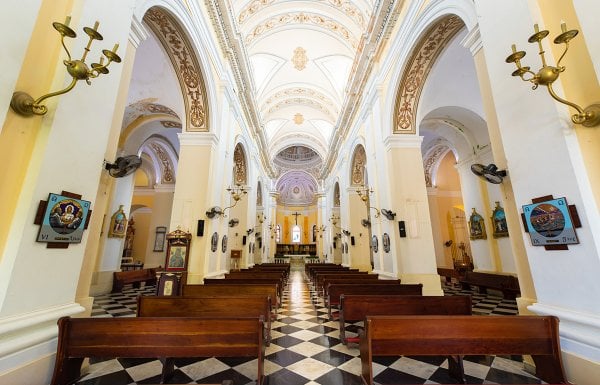
The San Juan Bautista Cathedral is the oldest church on U.S. soil and was built in 1521.
Dating back to 1521 when the Spanish colonized Puerto Rico, San Juan Bautista is the oldest church on U.S. soil and the second oldest in the Western Hemisphere.
Learn More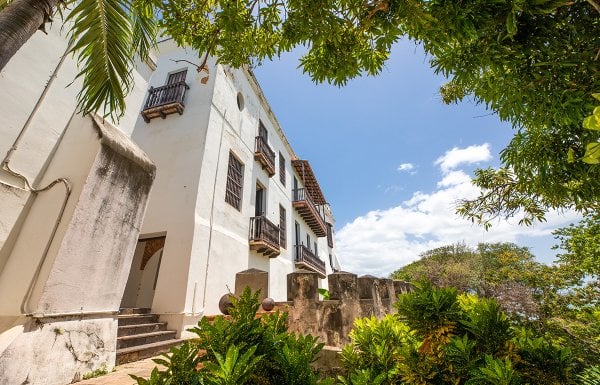
The Casa Blanca Museum is the oldest sample of Spanish architecture in the United States and Puerto Rico.
Originally the residence of Puerto Rico's first governor, Juan Ponce de León, the Casa Blanca Museum now houses an array of 16th- and 17th- century artifacts.
Learn More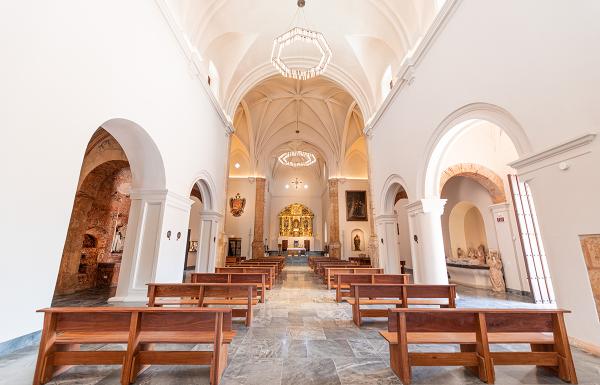
The San José Church in Old San Juan is one of the oldest in America and was built in 1532.
The second oldest church in the Americas, San José is the resting place of Juan Ponce de León as well as José Campeche, one of the Island's most revered artists.
Learn More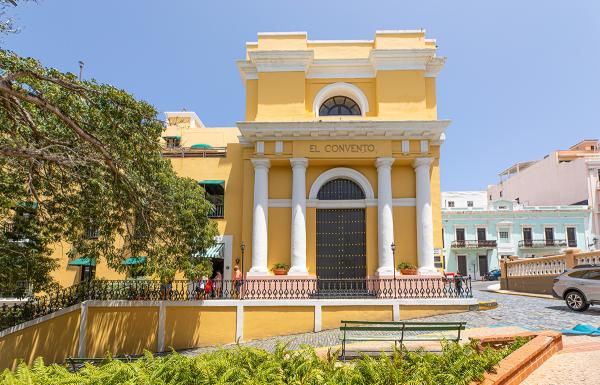
In the 16th century, Hotel El Convento was a religious school that later became Puerto Rico's first convent in the 17th century with Carmelite nuns.
A Carmelite convent for more than 350 years, Hotel El Convento is now one of the most historic hotels in Puerto Rico and showcases a loving restoration of Spanish Colonial design.
Learn More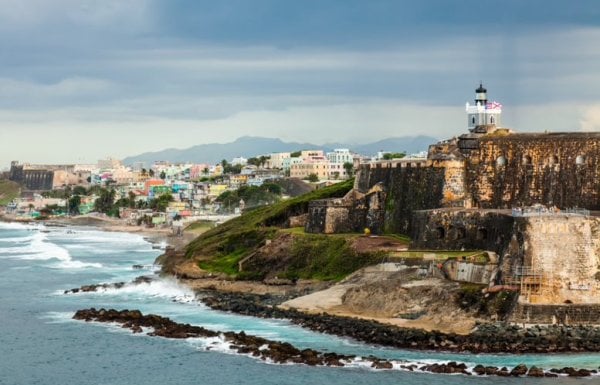
Old San Juan holds within over 500 years of history.
Built in 1539, El Morro protected Puerto Rico from attacks by sea for 400 years. Today, it serves as a distinct reminder of Puerto Rico's military legacy.
Learn More
Standing at a height of 16 feet, the Puerta de San Juan is one of the most colorful entrances to the walled city.
Learn More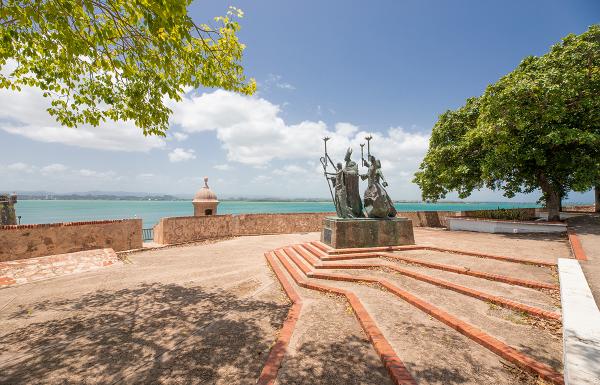
La Rogativa is a sculpture that commemorates a women-led religious procession that took place in 1797.
Hidden to the right side of the governor's mansion, La Rogativa is a sculpture that commemorates a women-led religious procession that took place in 1797.
Learn More
Castillo San Cristóbal was built to guard the city against enemies approaching by land.
Covering more than 27 acres, this fortress was built to guard San Juan from enemies approaching by land. Today it's one of the most visited historic sites on the Island.
Learn More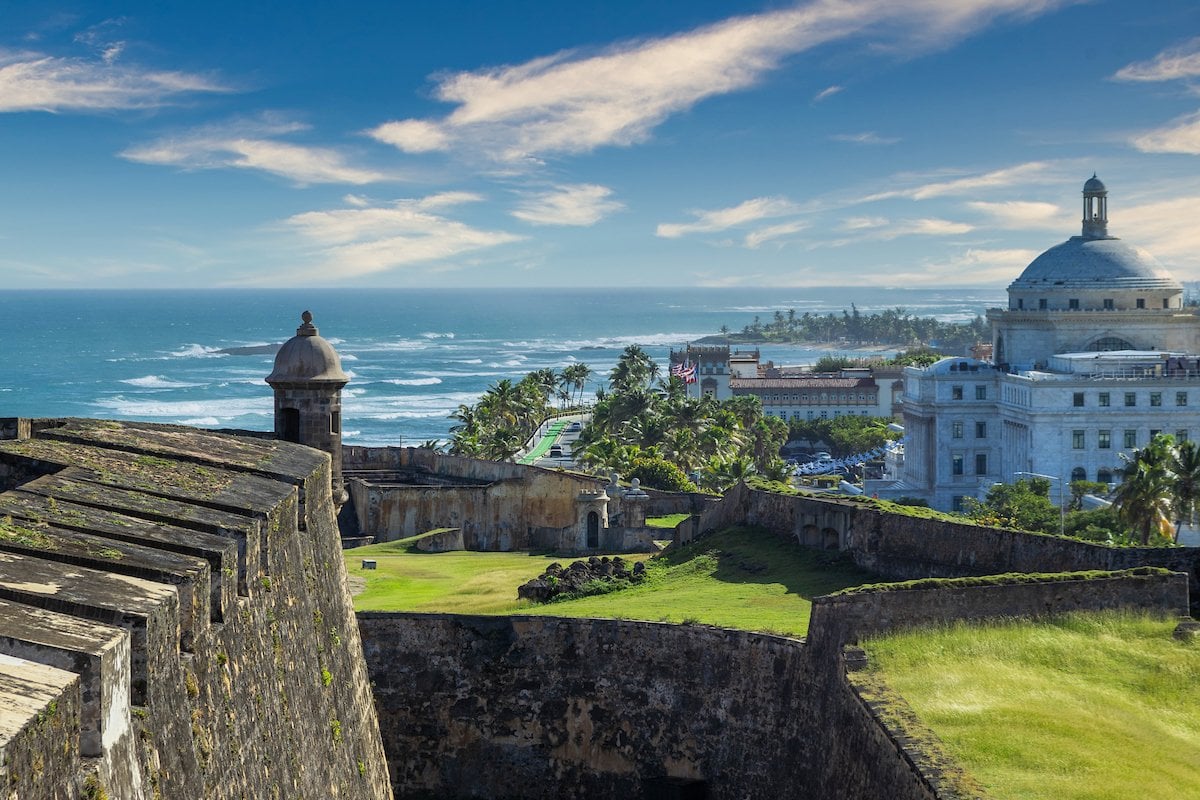
Take in sweeping views of the old city from atop Castillo San Cristóbal.
Fun Facts About Old San Juan
- Built in 1532, the San José Church is one of the oldest in America. It recently reopened to the public after being closed for nearly 20 years for restorations. One of the church's chapels has the governors' crypt, where the remains of several governors rest.
- El Morro was built in 1539 to defend the city from attacks by sea. It has six floors and is higher than the Castillo San Cristóbal, built to prevent attacks by land.
- The architecture of Old San Juan was made in grids and allowed cross-ventilation between its buildings and squares. When you walk through the streets, always look for shade!
- The oldest spiral staircase in Puerto Rico and America built in mortar in the 16th century is at the back of the San Juan Bautista Cathedral. It has 88 steps and leads to the church bell tower. Access is not open to the public.
- 16th-century houses were single-story, had one or two doors, and had inner gardens. The second floors and balconies were built from the 17th century onwards.
- Calle del Cristo is the oldest street in Old San Juan and has the largest number of religious buildings.
- The Casa Blanca Museum is the oldest sample of Spanish architecture in the United States and Puerto Rico. It has 14 rooms and original furniture from the 16th and 17th centuries.
- The material used to build structures in the 16th century, including forts, is called mortar and consists of limestone, sea sand, and brick.

Old San Juan officially turned 500 years old in 2022! Check out this video created for the walled city's anniversary celebration, and learn more about the history of the oldest city in the United States.
Comment Guidelines
We value your thoughts and want to foster a respectful and engaged community. As such, we ask that you adhere to the following guidelines when posting comments
- Please ensure your opinions are expressed respectfully.
- We won’t remove comments that engage in courteous debate but hate speech or any form of profanity will not be tolerated. This also applies to the inappropriate use of emojis or hashtags.
- Do not downvote or dislike a comment simply because you disagree with another person’s views.
- Self-promotion and external links are not allowed and will be removed.
- Avoid sharing private information about yourself or others. Doxing (the act of leaking personal information with harmful intent) is strictly prohibited and will result in a ban.
- Comments that are off-topic will be deleted.
Paradise for Your Inbox
Get travel inspiration, news, tips and more delivered monthly.

